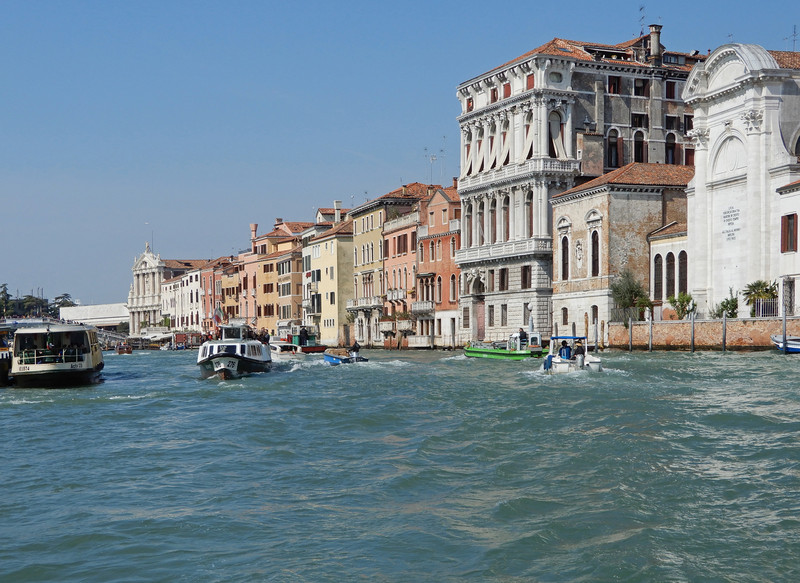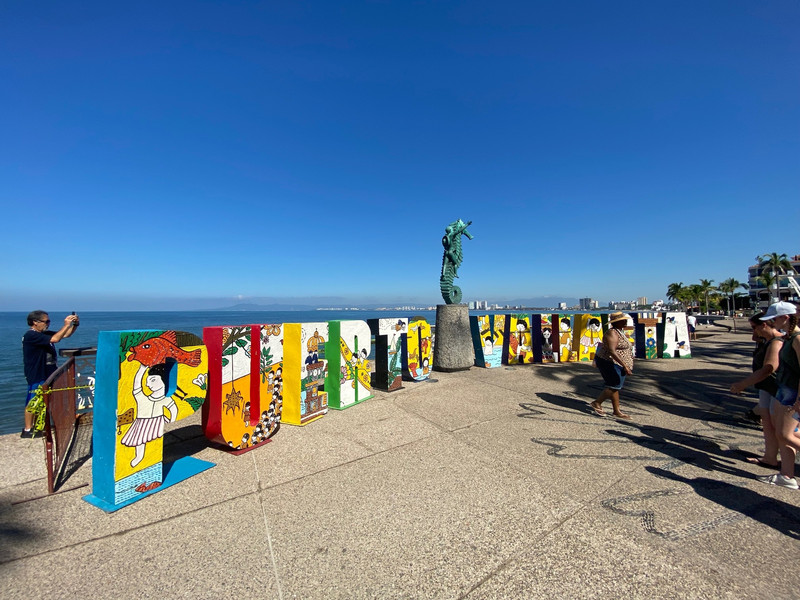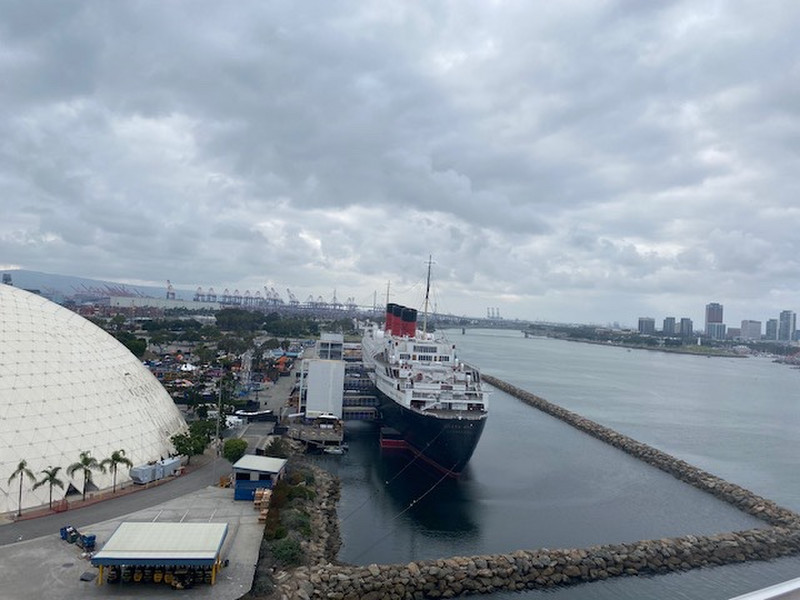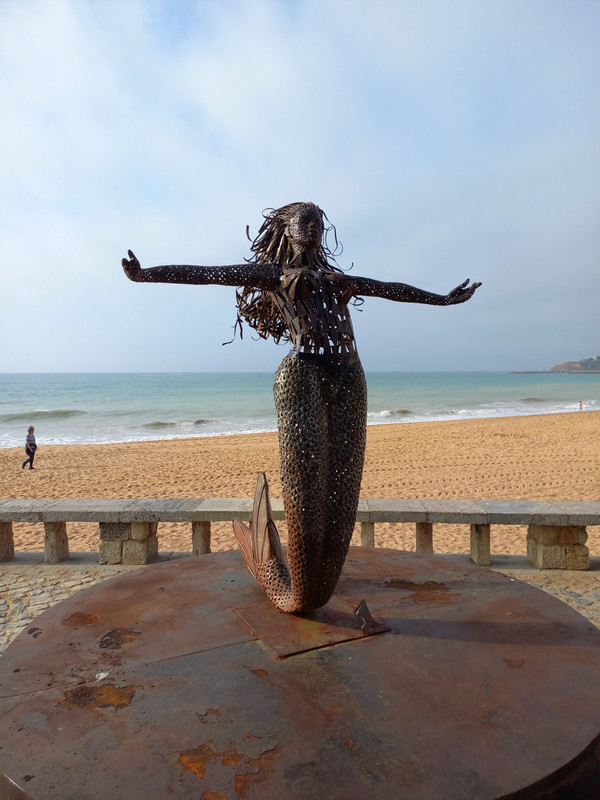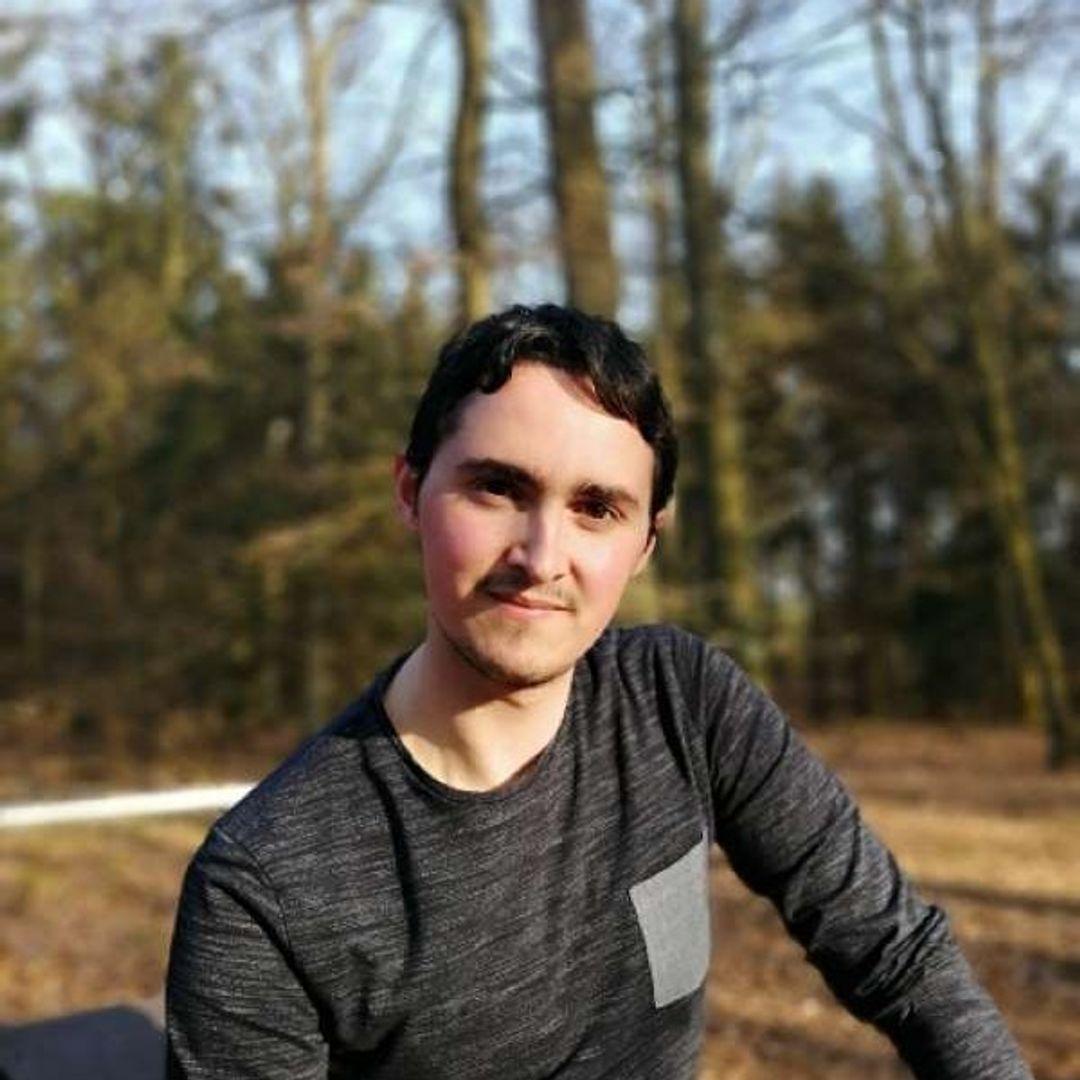From Trieste, two hours on the motorway brought us to within sight of the island. Unfortunately for the truckers beside us, who must stay in the lane, a mysterious cause had them at in a line several kilometres long.
We parked in a large facility with a parkade for cars and a surface lot for buses. With strict instructions from Manka to stay together, we congregated on a floating platform and rushed into a vaporetto when it stopped. Vaporettos are like small ferries in the canals that make stops just like transit buses on land. For a few moments I thought we would soon travel closer to the city. Suddenly I realized that what I was seeing was what the city looked like. Buildings stood in (or maybe beside) the canals and not all of them were grand palazzos. Still, by the time we were at the end of our minute vaporetto ride, plenty of the buildings were indeed grand palazzos.
Like everyone on the boat, we got off at the end of the journey, at the St Marks Square. Under the portico of the Doges Palace
we met our guide, Ariana. She started talking, only to be overwhelmed by a class of school children, one of many school groups around. We moved away to a space with less concentrated and piercing sounds.
The Doges or Dukes Palace was an expression of power; he was elected by his peers and served for life (a fairly short span by the age each would have been when elected). When Mussolini took power between the wars, he took on the title of Il Duce, specifically recalling the Doge of Venice.
Immediately next to the Palace was St Marks Basilica, a highly decorated, massive structure with enormous paintings and statues. Directly in front of it is the stately Campanile, the bell tower of the Basilica, originally a watch tower focused on the harbour and the sea. To one side is a large clock tower, and to our delight, it rang for noon. That is, two bronze statues, each with a moving arm, struck the bell – half the strokes, long pause, then the other half. The clock face shows not only the conventional face but also an early version of digital time – Roman numerals for the hours and Arabic numerals for the
minutes. Around the other three sides of the square are the buildings for the officials of the Doges administration, now government offices, a museum and cafs. One caf is Florians, so famous it charges 18 euros for a cup of coffee on their terrace; Ariana seemed mildly surprised that none of us knew about the caf or wanted coffee there.
In passing along the narrow streets beyond St Marks Square we saw an infinity of small shops, especially those with souvenir masks, glass ware, and gimcrack. Occasionally there were good quality shops, fighting for the dignity of their space. We stopped in the small Corte del Teatro to learn about historic local wells, now all sealed and flooding. For years now, including this winter, the whole area has been flooded daily to several feet deep. In the squares are stacks of what look like low tables but are actually walkways put into the water for pedestrian access. The floods are diurnal – water gushes up with the tides and recedes later in the day. All the shops clean up the best they can, with no observable defense against the water. Very strange. A great engineering project is underway to
Trying to think of the city as many separate islands was difficult, because the space appeared so integral, not separated but rather joined together by the many foot bridges. Also, Ariana told us that there is a Venetian language still spoken by locals. Her family, for example, speaks only Venetian when together.
Accorded free time, we all nevertheless followed Manka to her favourite restaurant, where we ordered the set lunch for 18 euros and relaxed over too much food again. I had the special - fried sardines with fries. It was my worst meal on the trip: the sardines were coated in cornmeal batter and deep fried, thus destroying the delicate fish and leaving too much taste of cornmeal.
